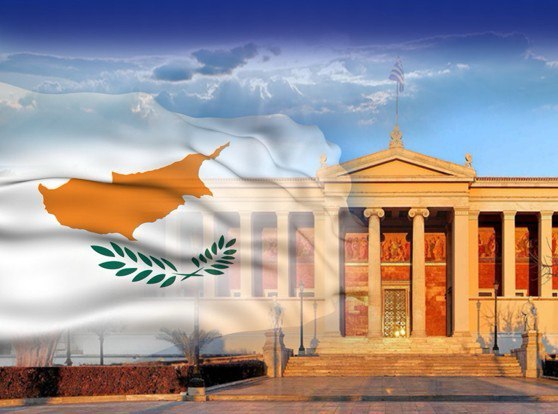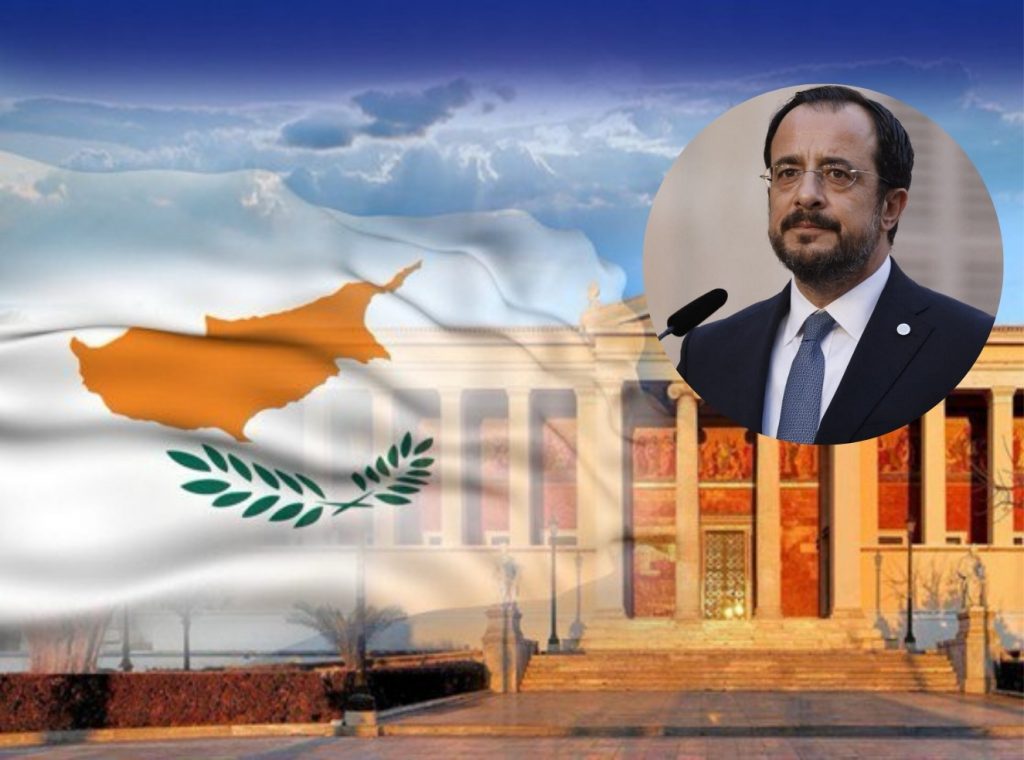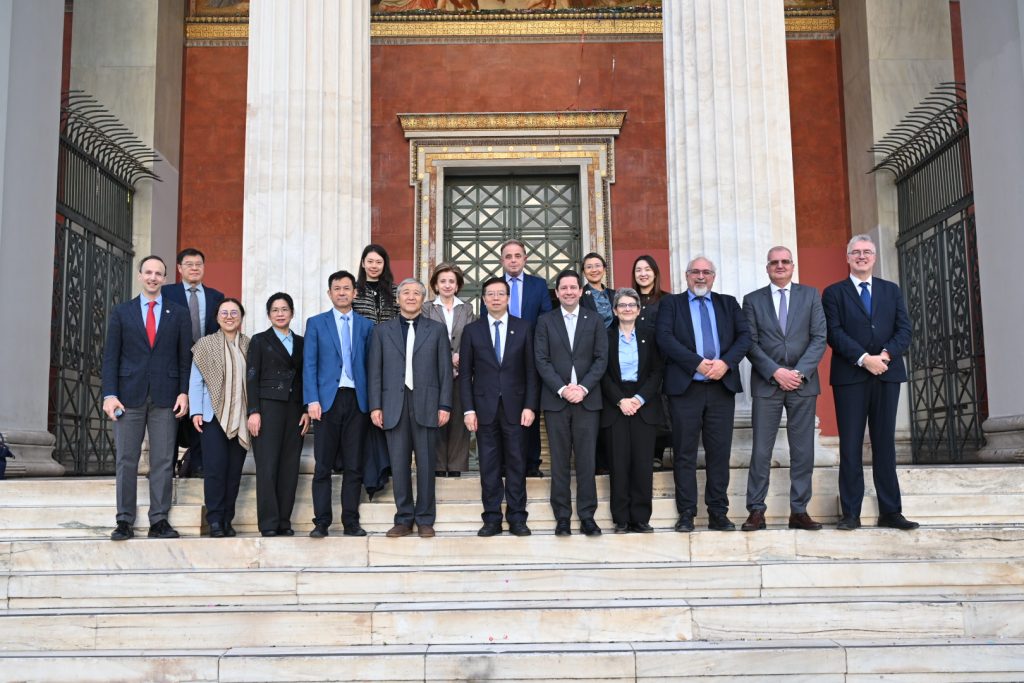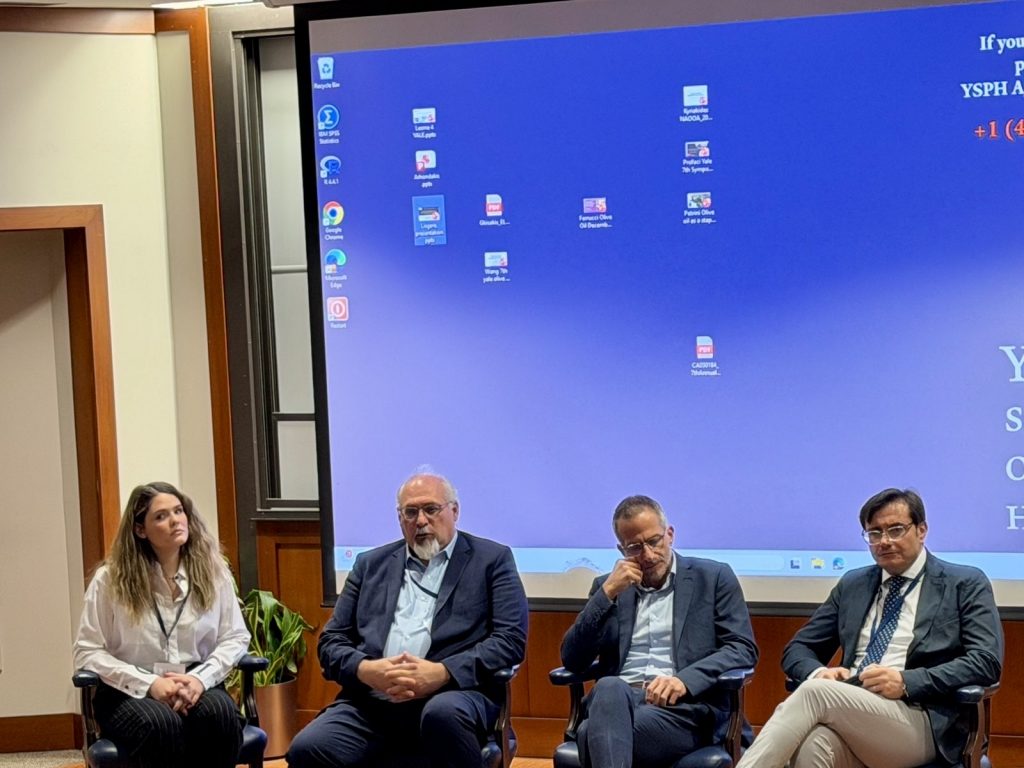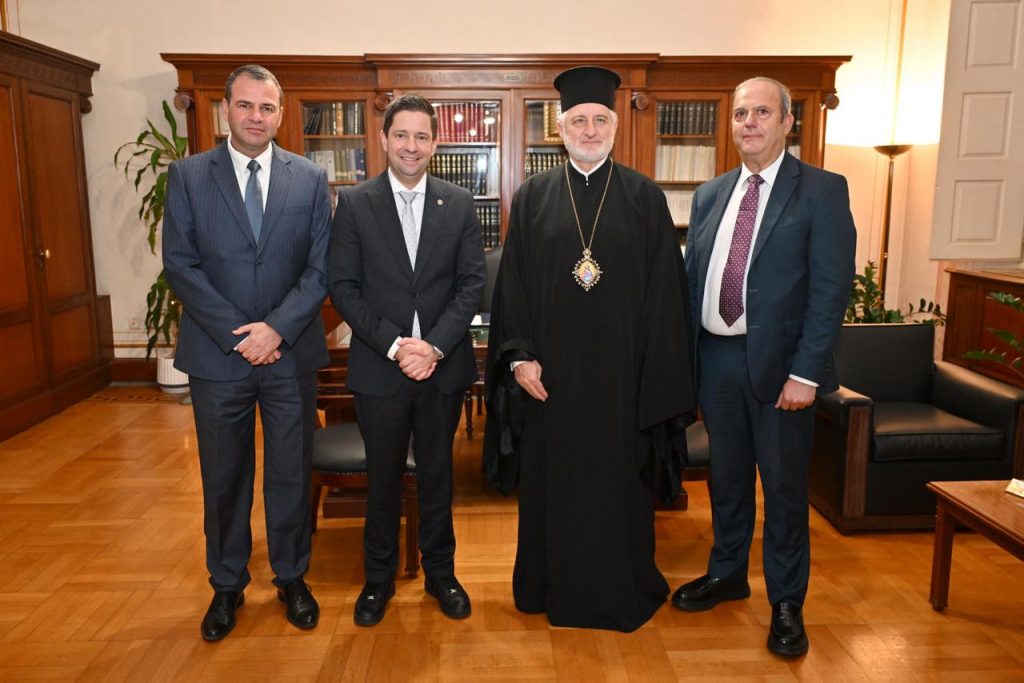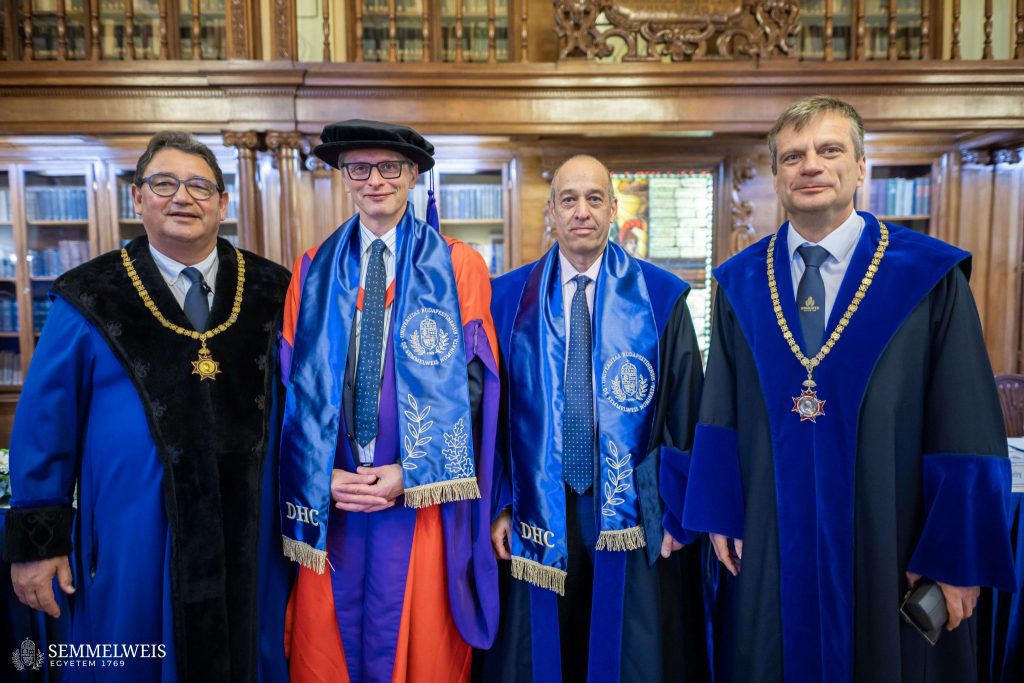Vatera, a coastal stretch on the island of Lesbos renowned for its remarkable fossils, continues to attract scientific interest. Recent research conducted by the Department of Geology and Geoenvironment at the University of Athens has shed new light on what the landscape looked like millions of years ago, offering a clearer picture of the rich biodiversity that once thrived there.
Building on these findings, the University of Athens has opened a dedicated exhibition on Vatera Beach to showcase the natural heritage of Lesbos, featuring a remarkable collection of fossils—including gazelles, wild horses, mammoths, and mastodons—now available for visitors to explore.

A centrepiece of the exhibition is the life-sized reconstruction of a giant tortoise, displayed alongside a model of the bipedal monkey of Vatera. That is the first time a complete skeleton of this species has been on display anywhere in the world, making it a unique scientific exhibit with significant educational and research value.
The exhibition at Vatera marks a key step in the plan to reopen the Natural History Collection of Vrisa, which has remained closed since the 2017 devastating earthquake. The initiative is being carried out by the National and Kapodistrian University of Athens, the Department of Geology and Geoenvironment, and the University’s Property Management Company, in collaboration with the local authorities.

Research activities continue unabated, further establishing Vatera as one of Europe’s most significant palaeontological sites, with a notable contribution to education, scientific knowledge, and local development.







